Neuromechanics Lab
Taking recovery to the next level.
The Neuromechanics Lab in the Bowerman Sports Science Center within Hayward Field is directed by Professor Mike Hahn, as part of the Department of Human Physiology. Students and staff utilize a wide array of biomechanical tools to assess musculoskeletal health and human performance. These tools include optical motion capture, force-instrumented track and treadmill, dynamometry, wearable sensors and imaging tools such as 3D body scanning, DEXA, ultrasound and CT. Our research focuses on the ability of humans to sustain or augment sport performance and how to accelerate return to sport after injury. Our work impacts health and well-being of athletes at all experience levels, from novice to the elite, across the lifespan.
Faculty and Staff
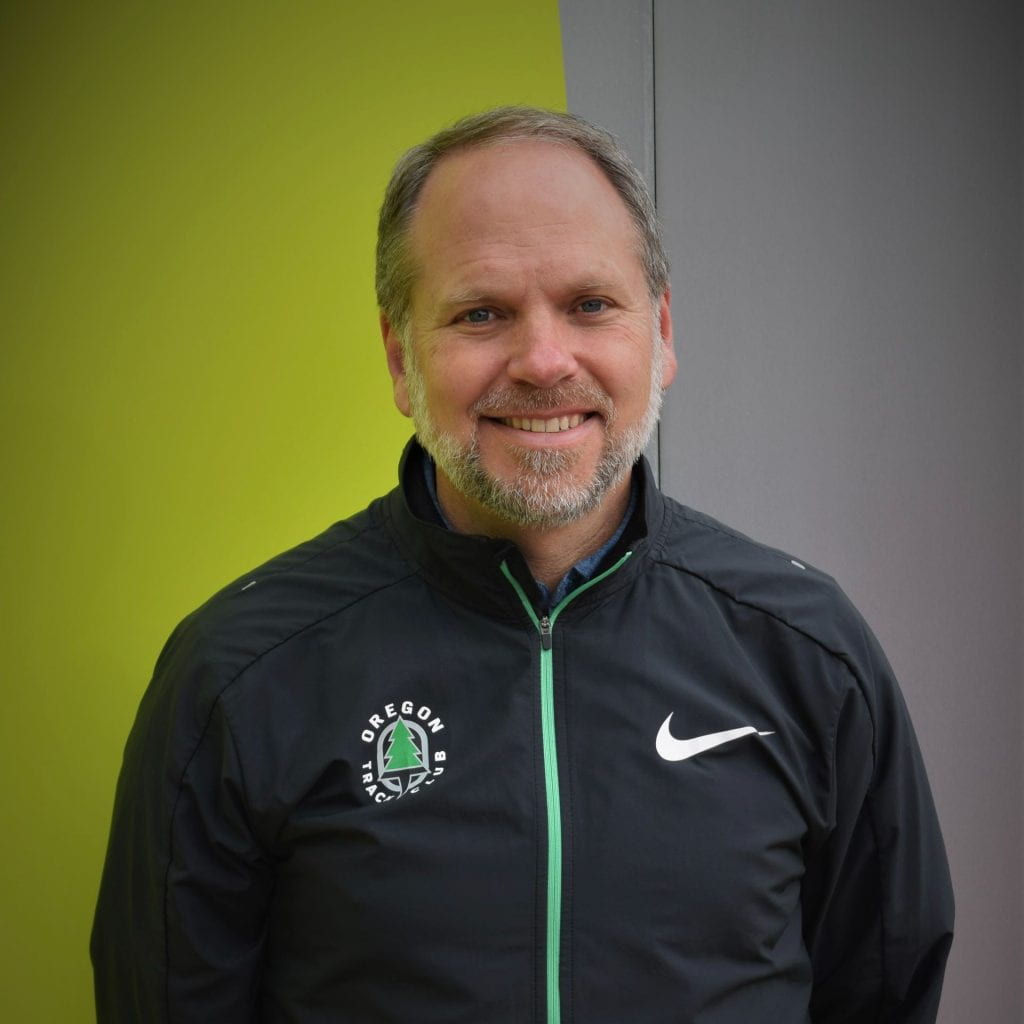
Mike Hahn
Bowerman Sport Science Center Director
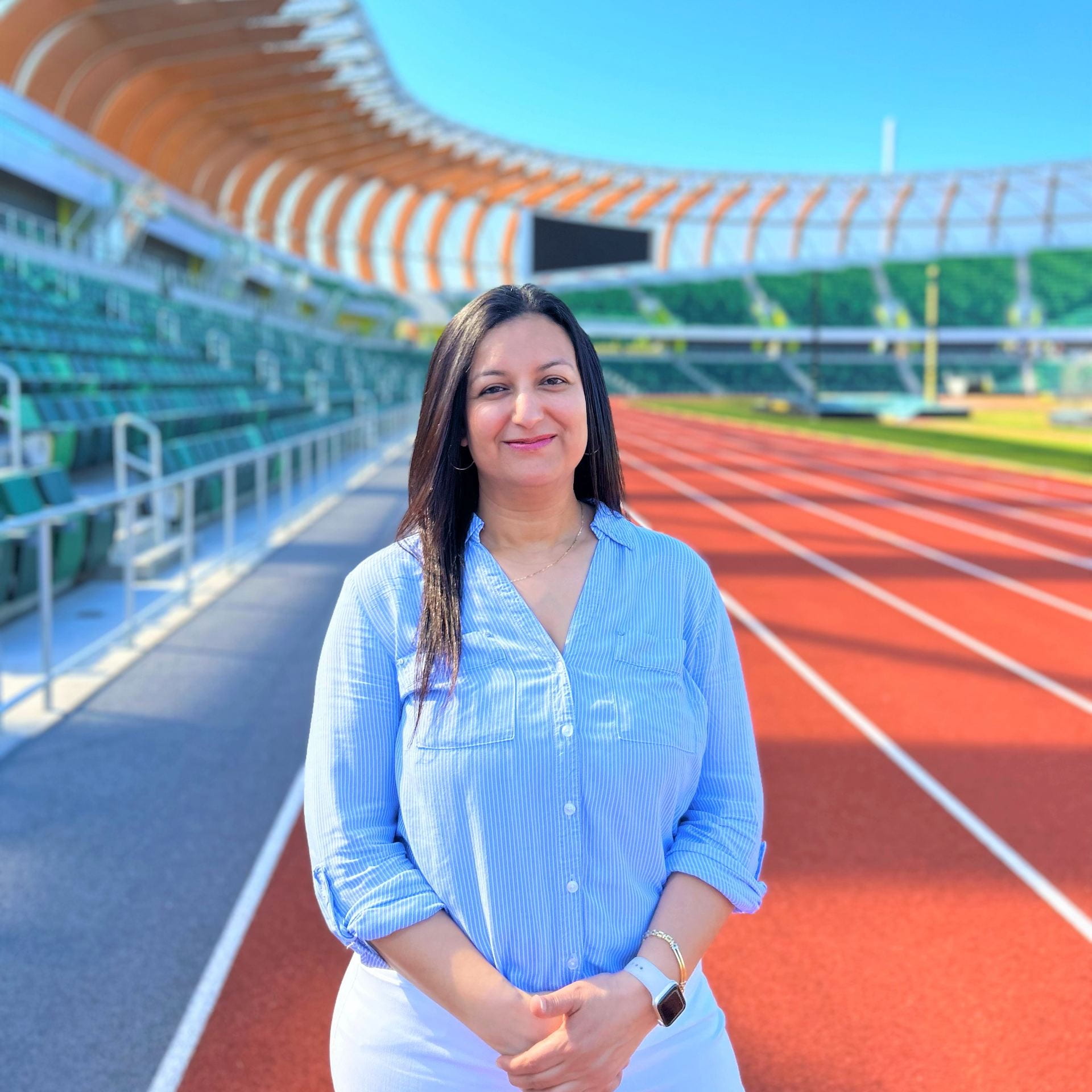
Aida Chebbi
Research Engineer

Samantha Chacon
Performance Exercise Physiologist
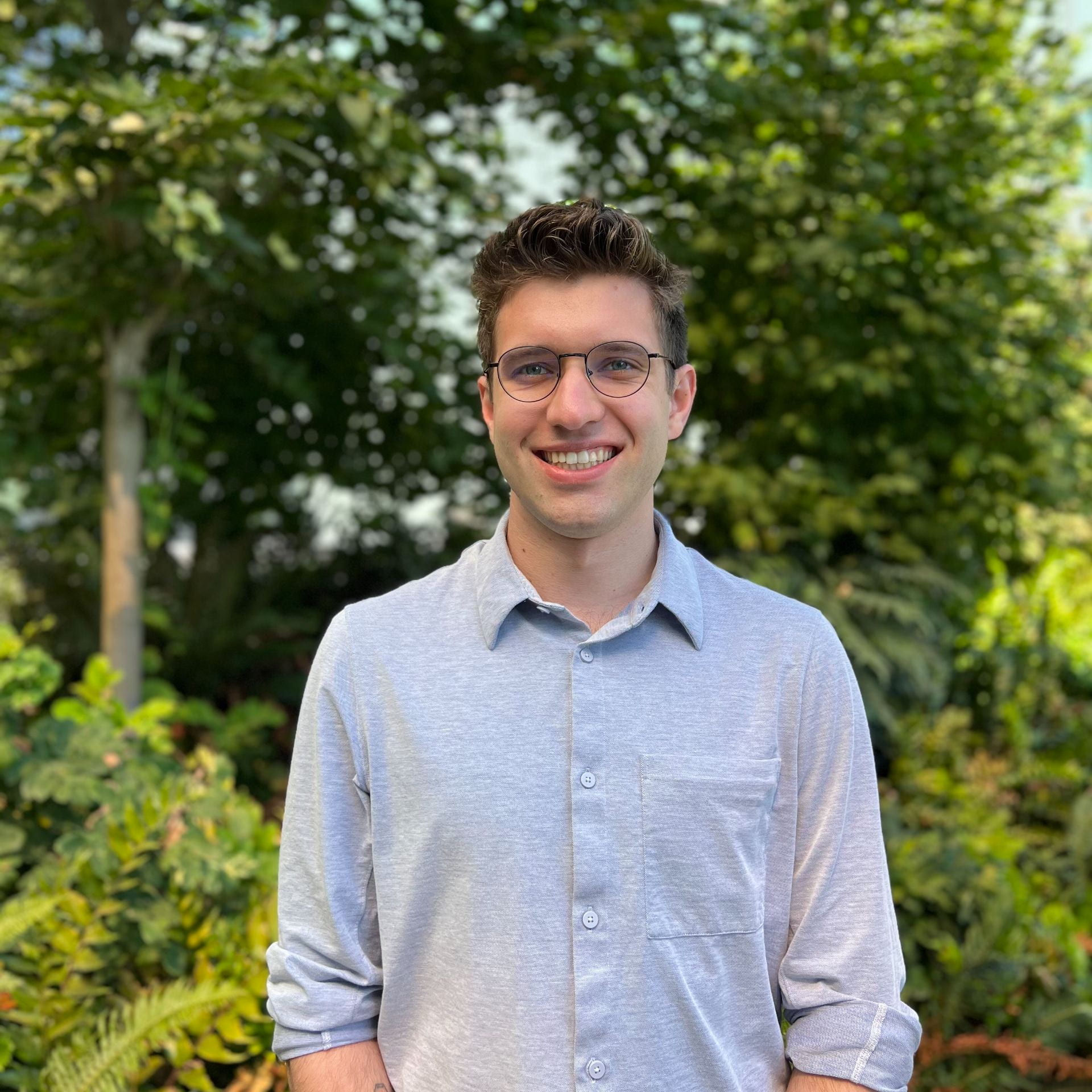
Zak Kindl
Clinical Research Coordinator
Trainees
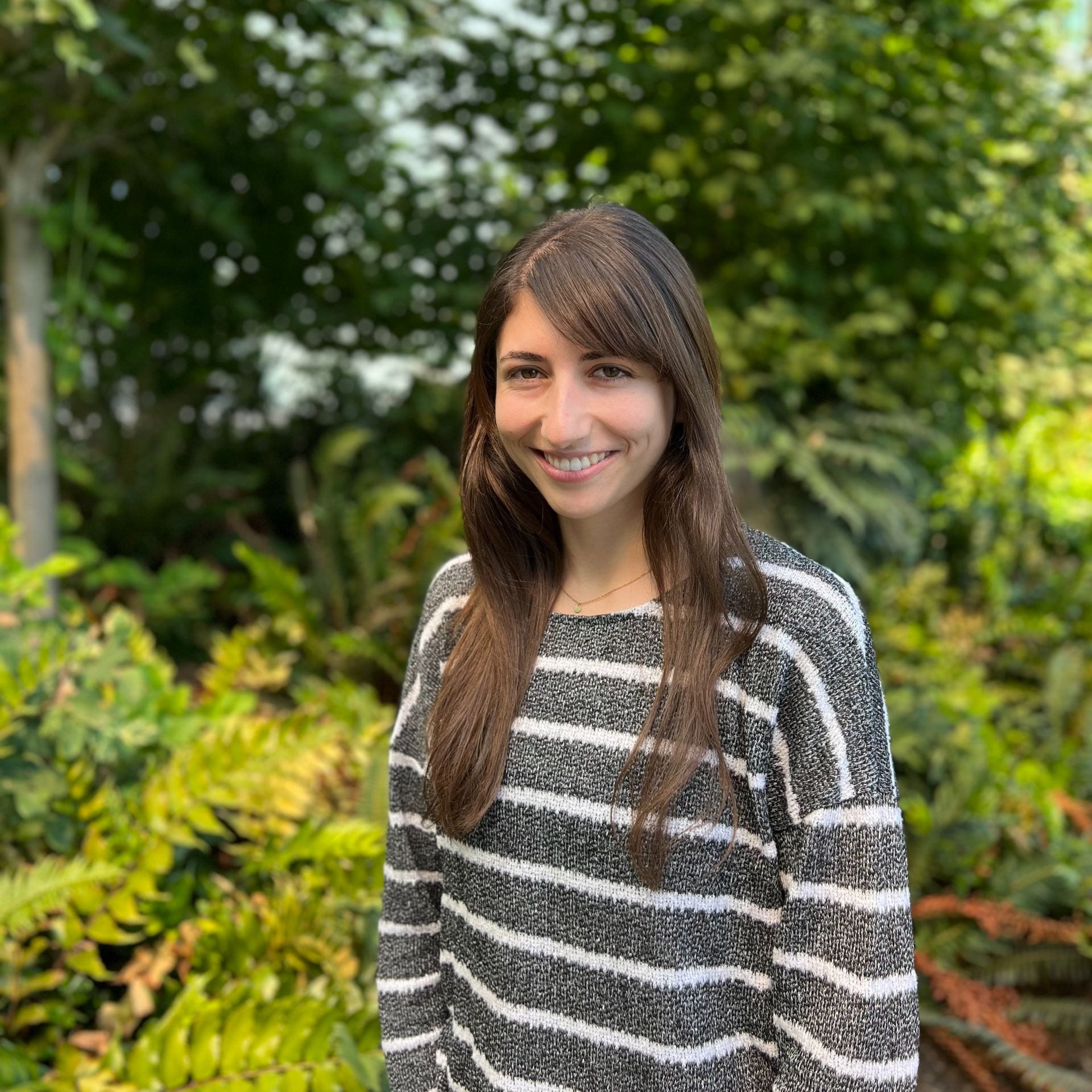
Alex Denton
Post Doctoral Scholar

Shannon Hugard
PhD Student
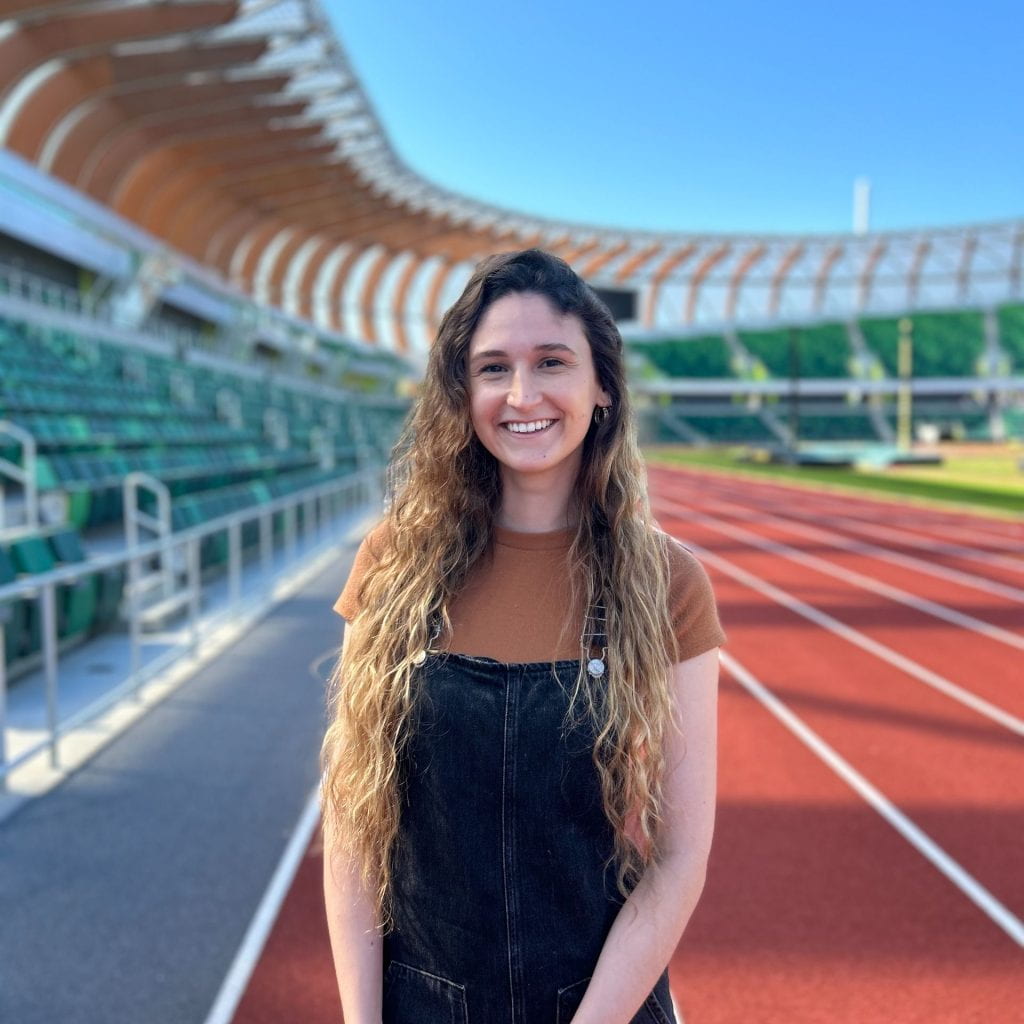
Emily Karolidis
PhD Candidate
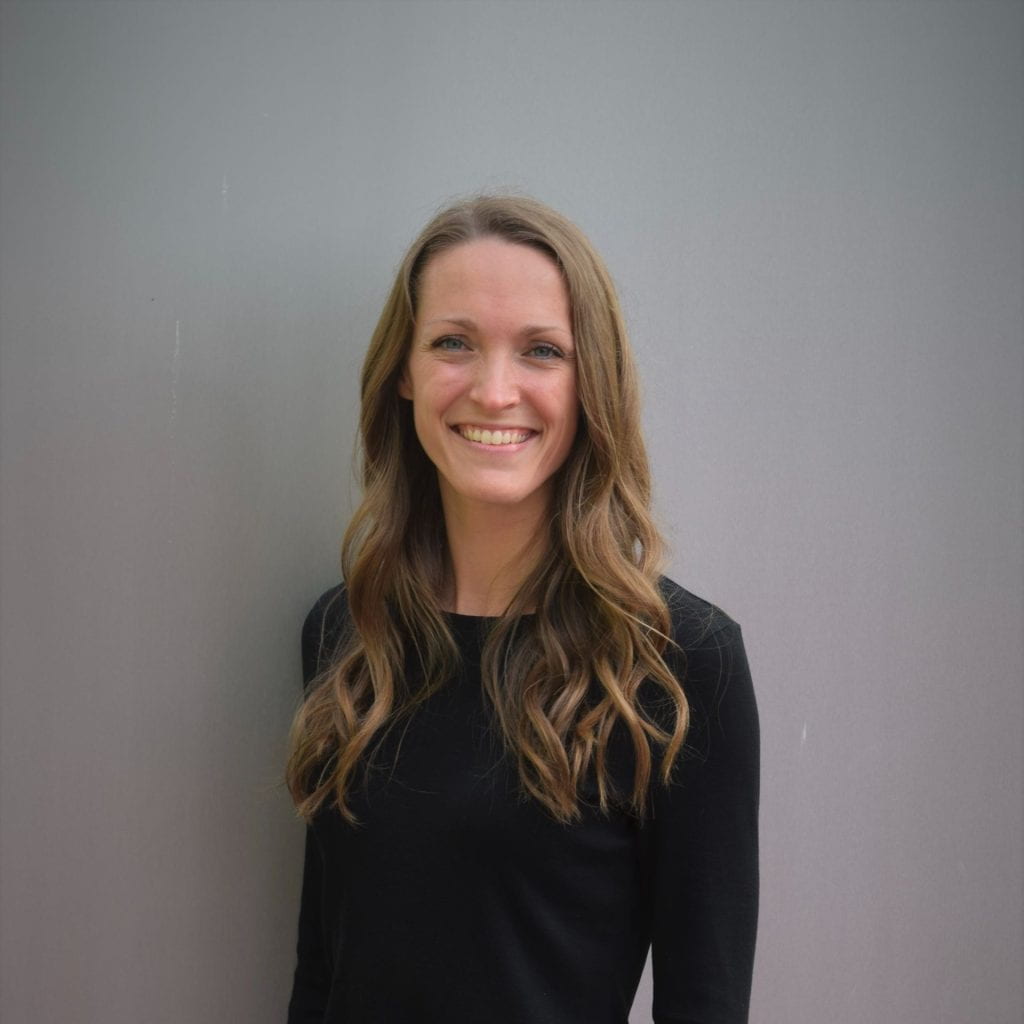
Rachel Robinson
PhD Candidate
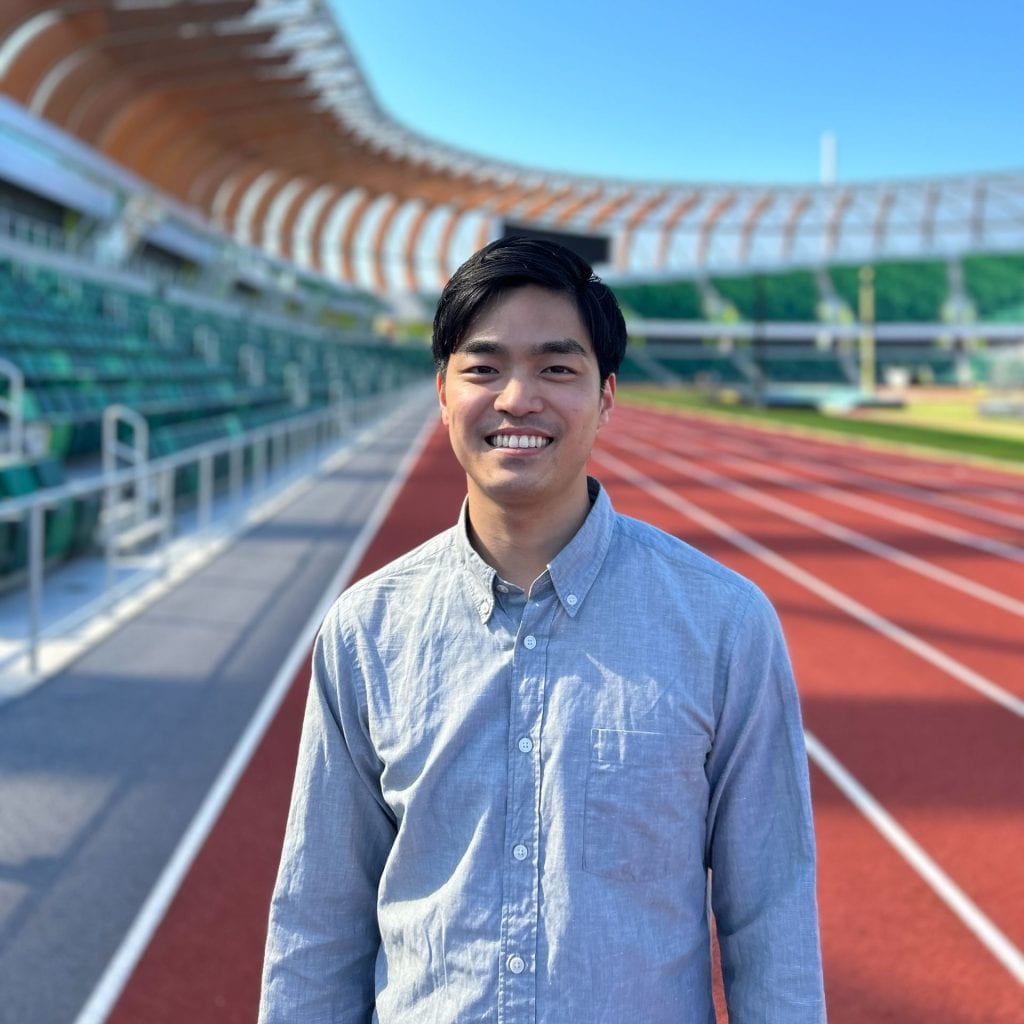
Hide Hayashi
PhD Student
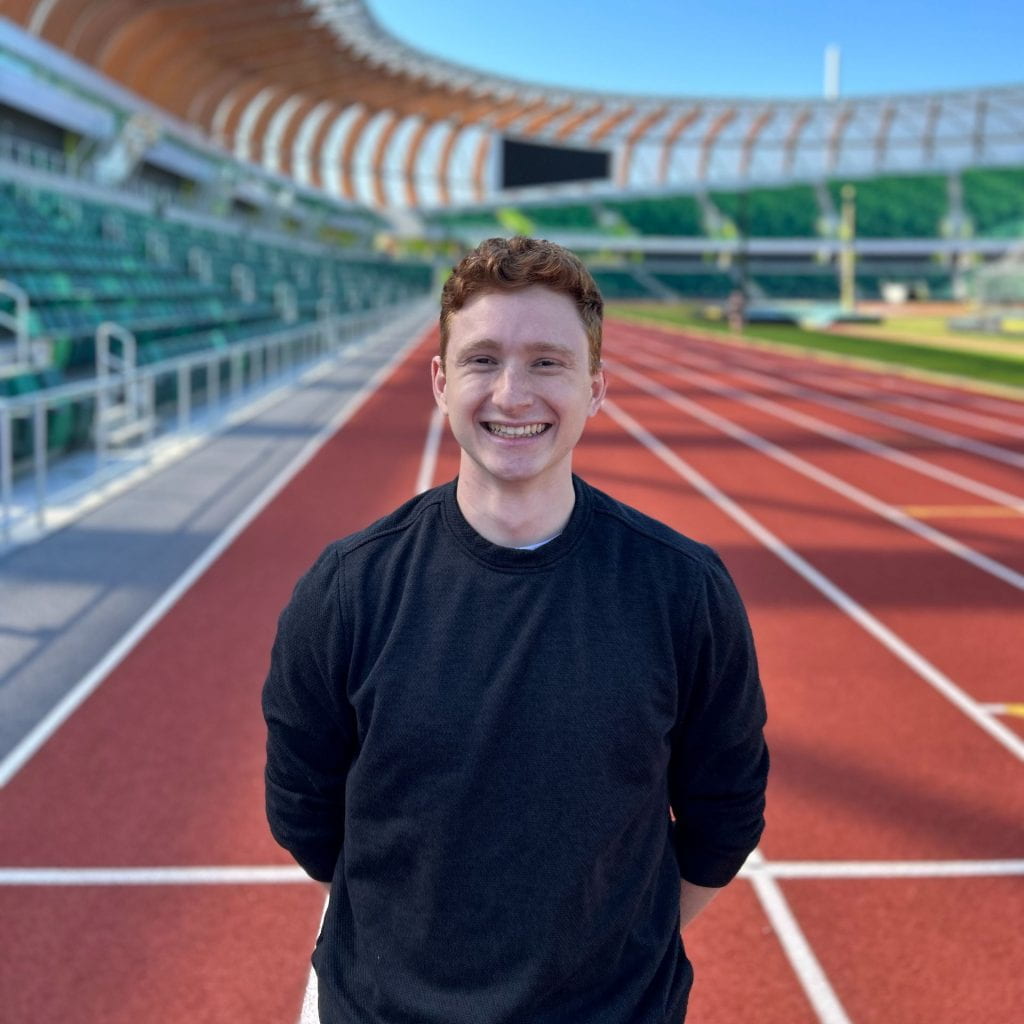
Jarod Forer
PhD Student
Research Interests
Running Mechanics – The ability to run efficiently, at high speeds or for long distances, is a goal for many people. Use of new footwear technology or new training protocols can provide new mechanical challenges for the runner to solve. Our research sheds light on the risks and benefits of changes to running form or use of new footwear. Additionally, we seek to better understand how runners can continue to train and perform without injury, and how they may best return to full training after injury. This research is particularly interesting and rewarding for us, as our laboratory opens into the indoor warmup facilities of Hayward Field, where we can test a variety of running conditions at any speed on a world-class track surface, with highly accurate measurement techniques to explore the finer details of running mechanics.
Soccer Cleats and the Female Athlete – Injury risks for the soccer athlete are not well understood, particularly for the female athlete. We seek to understand the effects of different cleated footwear designs on the joint mechanics of female athletes during cutting maneuvers common to soccer performance. The goal of our work in this space is to recommend specific design strategies to moderate the balance between maximizing performance and reducing risk of injury in female athletes. We work in collaboration with UO Athletics for this research, in partnership with our friends in the Marcus Mariota Sports Performance Center, to test athletes in a fully instrumented turf facility. As the intensity and quality of the game continues to increase, it is clear that the science of biomechanics is well suited to addressing these challenging mechanical questions, with an eye toward increasing equity in the cleated footwear space for the female athlete.
Achilles Tendon Mechanics – The Achilles tendon is an amazing structure in the musculoskeletal system, capable of carrying exceptionally high loads and returning stored elastic energy to the body for propulsion during highly dynamic activities like running, jumping and cutting. However, it is also a source of concern for many athletes who suffer from acute or chronic tendon dysfunction or injury. Our group is exploring new approaches and imaging technologies to build athlete-specific mechanical models, and to simulate stress and strain characteristics throughout the tendon in response to injury or tissue remodeling. This will help to better understand the capacity of the Achilles tendon system to sustain high loading rates and efficiently returning stored energy, while reducing the risk of injury or dysfunction. The results of this work will help all athletes who run and jump to achieve new levels of performance.